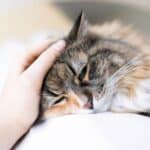Scaling of the epidermis is a natural process that occurs in both cats and humans. When this process is done correctly, it is virtually unnoticeable. Dandruff, or excessive, rapid flaking of the epidermis, affects cats in much the same way as humans and can range from flour-like particles or dust to larger patches. Dandruff is often accompanied by a general dulling of the coat and dryness.
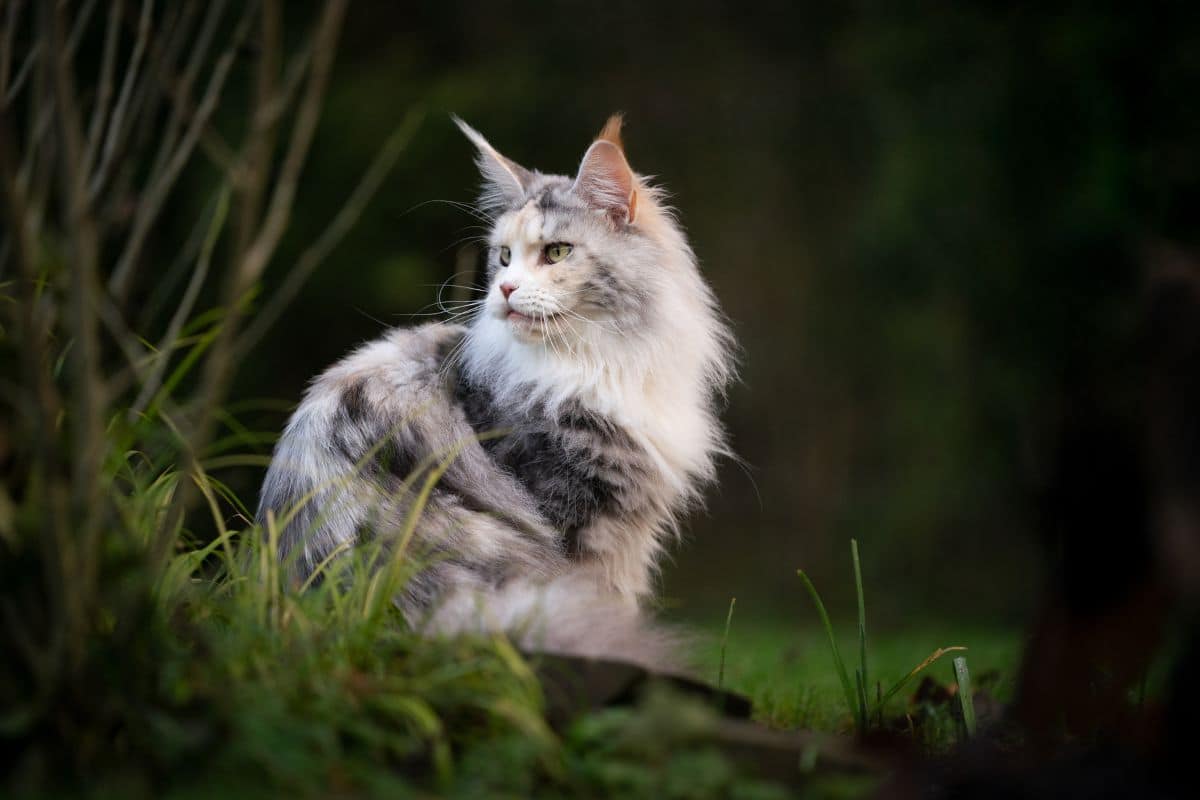
Dandruff may be the disease's main symptom, or it may be secondary (e.g., in the case of obese cats who have problems with proper grooming). The causes of dandruff can vary, so before taking any action, it's worth looking at the situation more broadly - taking into account other, seemingly unrelated coat care factors.
If you rule out the most mundane reasons for cat dandruff (and several of them), it's worth going with your pet to the vet. Do not try to treat your pet on your own. A specialist will look at the problem more broadly and perform the necessary tests to rule out medical causes.
Exfoliation of the epidermis and sebum secretion by the skin of cats is entirely natural. The problem arises when this process intensifies. A red light should go on when you see white spots (dry or greasy) on your cat's fur that fall loosely to the floor or bed or linger on the fur. Your pet's skin may also look dry and inflamed. Cats with dandruff may lick and scratch more frequently, and their coat may be irregularly thinned or thinner throughout their body.
Jump to:
Where does dandruff in a cat come from? Causes of the problem
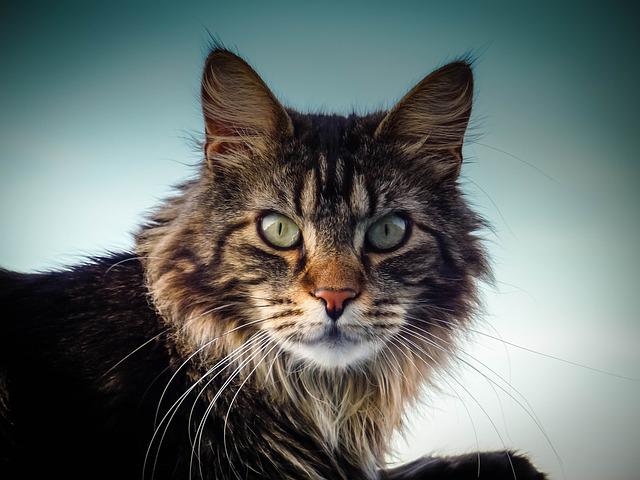
While dandruff can be a nuisance, it doesn't always have to mean disease. Sometimes the causes are straightforward to identify, and simply eliminating the root cause will make the problem disappear. Remember, if dandruff doesn't go away, it's probably better to go to a vet. The causes of dandruff in a cat can vary.
It's often caused by external factors, although not always - sometimes dandruff can signify that your pet has a disease. But before we get into when dandruff might be a sign of a medical condition, let's focus on external causes. Here are the main causes of dandruff in your cat:
Too dry air
Too little humidity is a common problem, especially during the heating season. If your cat's dandruff appeared just about when the radiators got pleasantly warm, perhaps the solution is to buy a humidifier or home remedies to increase humidity (putting in a dryer with drying laundry, small humidifiers on the radiator).
However, likely, a humidifier will also bring relief to you - dry air promotes the development of respiratory infections. Remember that ultrasonic humidifiers are not recommended for homes with pets - they make your pet uncomfortable. A better choice would be an evaporative or steam humidifier.
Changing household chemicals, litter, neutralizer

An allergy to household chemicals or litter will be easy to diagnose if dandruff occurs directly in response to the changes. Perhaps your pet is allergic to the new rinse aid the bedding was recently washed in (if you sleep with your pet), or maybe the litter neutralizer has changed? Remember, in this case, the problem should go away on its own fairly quickly.
Obesity
A cat that is visibly overweight may have a problem with hygiene. An overly large body makes it difficult to move around and care for the fur everywhere. This may explain the puzzle, mainly when dandruff in the cat occurs in one place that is out of reach (usually at the base of the tail).
On an ad hoc basis - help your pet take care of its coat by combing it out thoroughly. In this case, dandruff is likely much less of a problem than potential health issues involving your pet's obesity (heart disease, for example). But above all, try to lose weight, preferably under the guidance of a specialist. In our interview with animal nutritionist Karolina Holda - Slimming cat, read more on this subject.
Stress
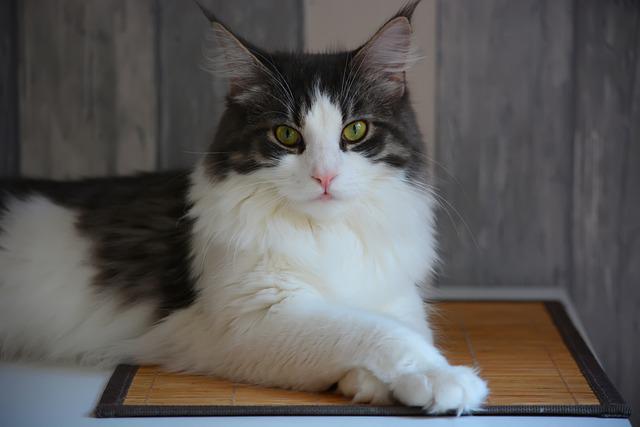
Also, stress (temporary or chronic) can be the cause of dandruff. If the symptoms appear suddenly and can be associated with some uncomfortable situation for the pet (moving, the birth of a child, a new pet at home, travel), do not panic.
If dandruff appeared as a result of a single, stressful event, wait a few days and try to take care of your pet's good mood. Dandruff may also be caused by chronic stress - but in this case, it's better to rule out medical reasons first and seek help from a vet (and after excluding the most probable diseases - from a behaviourist).
Improper coat care
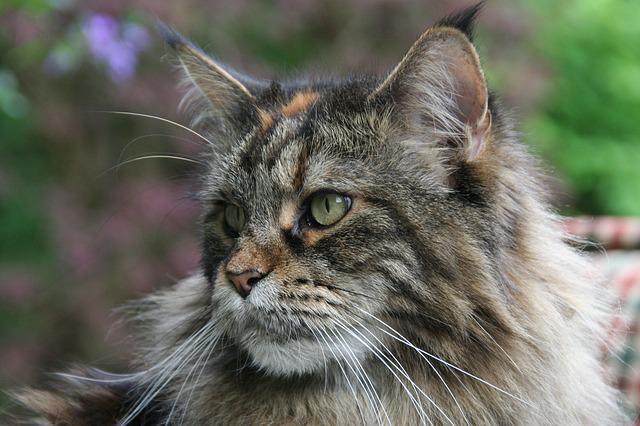
Cats usually handle their own hygiene, so they don't need frequent baths. If you do bathe your pet, be sure to use products specifically designed for cats. Shampoo for humans (or dogs, unless the manufacturer has opted for a neutral formula for dogs and cats) will not be the best idea and may cause your pet's coat to deteriorate.
Remember to use dermo-cosmetics for your cat when specifically instructed by your vet. Too intensive drying with a hair dryer after bathing can also contribute to the formation of dandruff.
Inappropriate food
If you've ruled out other factors, especially medical ones, you may want to look at the composition of your pet's food. Perhaps better food and supplements will improve her condition. Check out our ranking of cat foods.
Keep in mind that it may take about three weeks before the effects start to show. Remember that a lousy coat caused by a portion of poor-quality food is not the same as an allergic reaction to a specific ingredient!
Cat dandruff - treatment
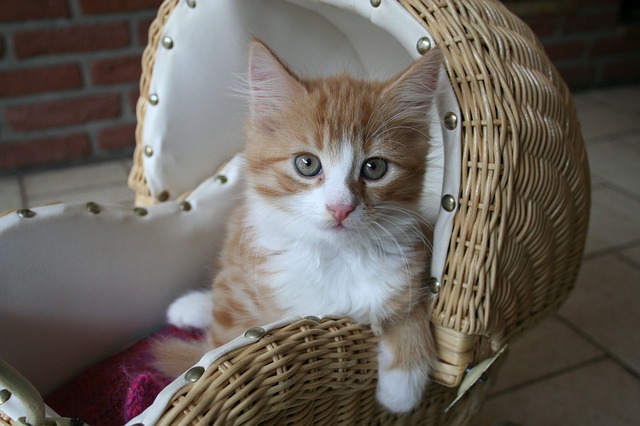
Dandruff in a cat versus veterinary medicine and help from a doctor are inseparable. We are not able to help the cat one hundred per cent. Therefore, the vet must first determine the problem and order the appropriate treatment methods.
In the case of mycosis in the cat or parasites will need to perform deworming and even the use of preparations for ticks and fleas, which will help destroy the source of the problem. If, on the other hand, a poor diet has led to dandruff, an elimination diet should be implemented to find the source of the allergy and exclude the allergen in question from your pet's diet.
Dandruff treatment in a cat after a well-conducted diagnosis is not a complicated matter if we quickly react to the problem. Let's also remember not to treat the pet on its own. A specialist should examine the cat and prescribe appropriate medications such as ointments or dandruff sprays.
Is dandruff a sign of disease?
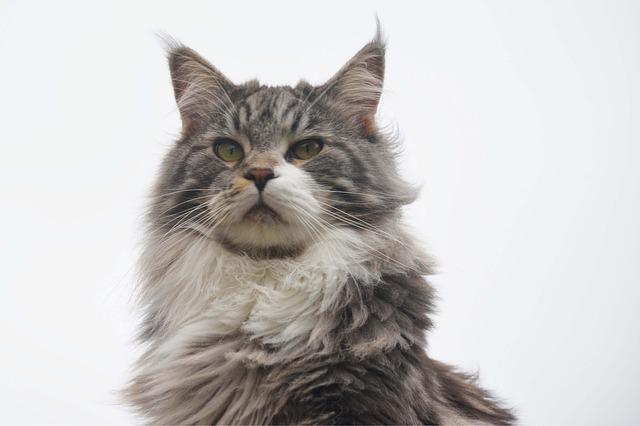
Sometimes dry, flaky skin and dandruff are signs of disease your pet is struggling with. We'll list the most common conditions where dandruff is one of the symptoms, but remember not to panic. If your cat has dandruff (especially prolonged dandruff), stay calm and see a doctor. It may turn out that the cause of the flaky skin lies elsewhere. Either way, it's better to verify your suspicions sooner so you can start the appropriate treatment in time.
Diseases and afflictions that can manifest as dandruff in your cat are primarily:
- Ringworm - the victims of dermatophytosis fall more often in cats with weaker immunity, such as feline children and feline seniors, cats that are malnourished, poorly nourished, or chronically ill. The most common symptoms of ringworm in cats are dandruff, local baldness, matting and brittleness of coat, and itching.
- Allergy - cats may be allergic, e.g., to detergents, cleaning products, scented litter, air fresheners, and particular food components. Symptoms of an allergy can be skin changes, itching, and, of course, dandruff.
- Parasites - parasitic diseases can be caused by parasites such as fleas or ticks or, much less frequently, mites such as cheyletiella. The presence of external parasites can be indicated by itching, inflammation of the skin, excessive keratosis of the epidermis, allergic reactions, and dandruff. Cheyletiella mites are white and hard to distinguish from dandruff, so when you observe your cat's coat, you may get the impression that dandruff is "moving" across your cat's skin. In case of an attack of cheyletiella, the so-called migratory dandruff appears. Where does this name come from?
- Hyperthyroidism - This is the most common condition in older cats. Dandruff and other skin problems that may appear with this condition are often due to excessive licking of specific body areas or, conversely, improper skin care by the cat.
- Kidney failure - water management is often impaired due to this condition, and lack of water, as we already know, makes the skin worse and can contribute to dandruff in your cat.
Diet, supplementation and hydration
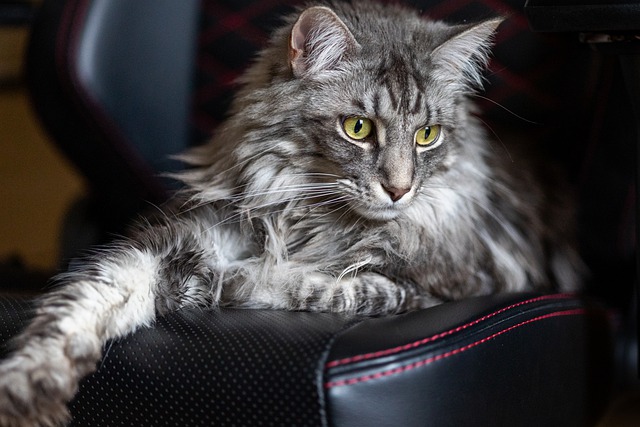
Along with food, your cat needs to take in adequate amounts of nutrients, vitamins, minerals, and unsaturated fatty acids, primarily omega-3. These acids are found in salmon oil, among others.
You may also consider enriching your diet with biotin and zinc supplements. Before administering them, however, it's worth consulting a vet. Besides, remember that cats are carnivores and a vegetarian diet is not an option for them.
Also, make sure your cat gets enough water. Purrs have a low thirst and get most of their water from food, so it's a good idea to feed your cat all or part of wet food.



